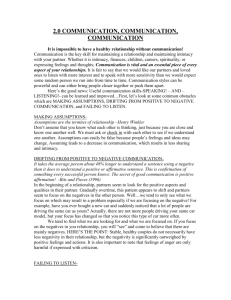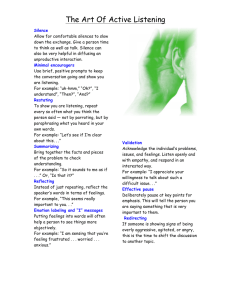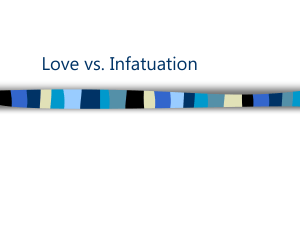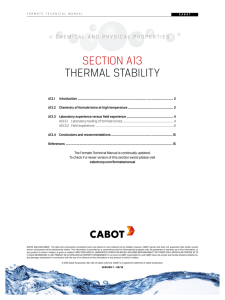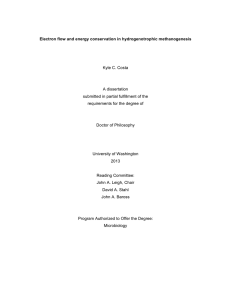Attraction, love, commitment
advertisement
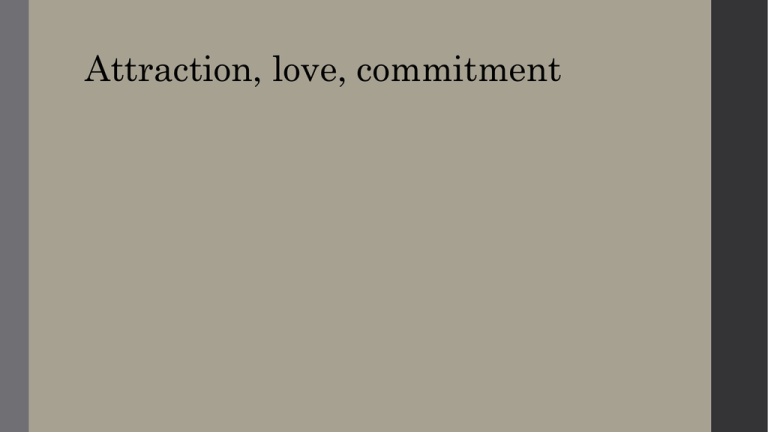
Attraction, love, commitment 1. What is the history and function of love and commitment from a cultural social perspective? Brief History of Marriage (9 minutes) •https://www.youtube.com/watch?v=6VLirsp0nWU The function of marriage historically? a. Creating alliances (economic, social, community) b. Creating relationship descent (family lineage) c. Regulating sexual access d. Assessing responsibility for childcare e. Distributing economic labor. 2. What is intimacy and how does this relate to long term commitment? How will we love? 16:29 - 26:08 http://topdocumentaryfilms.com/how-will-we-love/ 3. Alternative Paths a. Cohabitation b. Serial monogamy c. 'Singlehood' d. Open relationships Video: Polyamory 5;38 – 23:11 I love you and you and you - End of Monogamy •https://www.youtube.com/watch?v=ci6t5jGR_Zo 4. How has feminism and queer social movements changed our views and practices around love, attraction and commitment? 'I am X'...what else do you need to know? Lesbian film - Hold on Tight •3:43 - 7:50 •https://www.youtube.com/watch?v=yuwSP7-RW1k Conflict and Intimacy Traditional Psychological Formate a. Conflict is a matter of listening skills, expressing feelings and understanding feelings b. It can be avoided by rational, calm, caring communication skills Empathetic listening ●Paraphrasing ●Clarifying the essence of the goals you each have. ●Finding common ground ●Identifying solutions ●Agreement ●Feedback ● Conflict and Intimacy Traditional Psychological Formate a. Conflict is a matter of listening skills, expressing feelings and understanding feelings b. It can be avoided by rational, calm, caring communication skills Empathetic listening ●Paraphrasing ●Clarifying the essence of the goals you each have. ●Finding common ground ●Identifying solutions ●Agreement ●Feedback ● CONFLICT AS A TEACHER Process Work Psychology (Mindell, 2014) a. Conflict is the royal road to growth, wholeness and happiness. b. Conflict is holographic: Individual body symptoms, Relationship problems, Community problems and Global in c. You need a 'meta-attitude' of being interested and comfortable with conflict. d. You see the conflict (like any symptom) as the message that needs to be unfolded (amplified) to be understoo e. See primary and secondary signals f. Integrate secondary signals as a part of yourself. Exercise: With your partner work on a conflict they have. Practice identifying the disturbance as a 'messenger' or 'message' See if you can amplify the secondary signal by identifying its essence. Imagine it as a character, a fee Imagine what this force wants or its objective. See if that can help you gain a broader perspective and see the symptom as an ally, something usefu .
